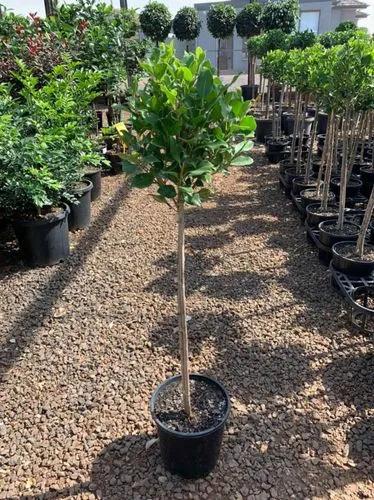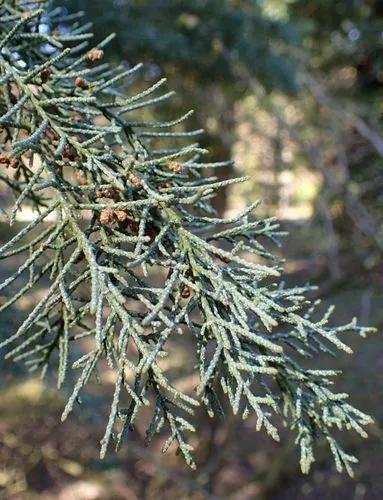Casuarina equisetifolia is an evergreen tree with a finely branched, feathery crown, usually growing growing from 6 - 35 metres tall though occasional plants up to 60 metres tall have been recorded. The straight, cylindrical bole can be free of branches for 10 metres or more and 20 - 100cm in diameter; occasionally with buttresses. The tree is widely planted throughout the tropics, especially for being able to provide timber whilst growing on poor sandy soils near the coast and thus also providing shelter and protection for the soil. The tree is commonly grown as an ornamental, especially near the sea where it can also offer shelter from the wind.
Australian Pine Tree Care
Casuarina Equisetifolia



Casuarina is an evergreen tree growing to 6–35 m (20–115 ft) tall. The foliage consists of slender, much-branched green to grey-green twigs 0.5–1 mm (0.020–0.039 in) diameter, bearing minute scale-leaves in whorls of 6–8. The flowers are produced in small catkin-like inflorescences; the male flowers in simple spikes 0.7–4 cm (0.28–1.57 in) long, the female flowers on short peduncles. Unlike most other species of Casuarina (which are dioecious) it is monoecious, with male and female flowers produced on the same tree. The fruit is an oval woody structure 10–24 mm (0.39–0.94 in) long and 9–13 mm (0.35–0.51 in) in diameter, superficially resembling a conifer cone made up of numerous carpels each containing a single seed with a small wing 6–8 mm (0.24–0.31 in) long. Like some other species of the genus Casuarina, C. equisetifolia is an actinorhizal plant able to fix atmospheric nitrogen. In contrast to species of the plant family Fabaceae (e.g., beans, alfalfa, Acacia), Casuarina harbours a symbiosis with a Frankia actinomycete. Casuarina is found from Myanmar and Vietnam throughout Malesia east to French Polynesia, New Caledonia, and Vanuatu, and south into Australia (the northern parts of Northern Territory, north and east Queensland, and northeastern New South Wales, where it extends as far south as Laurieton.
How to Care for the Plant

Popularity

458 people already have this plant 82 people have added this plant to their wishlists
Discover more plants with the list below
Popular articles






